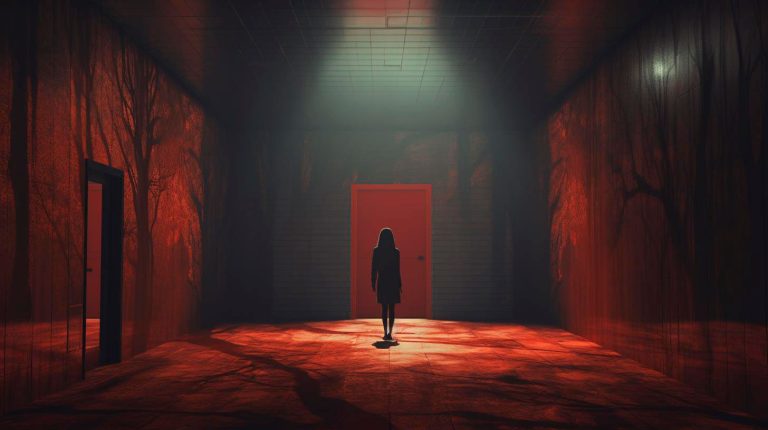The Magic of Astrophotography
Astrophotography is the art of capturing photographs of celestial objects such as stars, planets, galaxies, and nebulae. These mesmerizing images not only showcase the sheer beauty of the cosmos but also provide valuable insights to astronomers and scientists.
When it comes to astrophotography, patience and precision are key. Photographers spend hours, and sometimes even days, meticulously setting up their equipment, waiting for the perfect conditions, and capturing the breathtaking images that make us dream of the vastness of space.
The Essential Equipment
Before diving into the world of astrophotography, you need to ensure you have the right tools at your disposal. Here are some essential equipment to consider:
- Camera: A camera with manual control settings and long exposure capabilities is crucial for capturing the faint light of distant celestial objects.
- Telescope: Depending on the type of astrophotography you want to pursue, a telescope can help you achieve more detailed and higher-resolution images.
- Mount: A sturdy mount is necessary to keep your camera or telescope steady during long-exposure shots, minimizing any blurriness or shake.
- Remote Shutter Release: This handy tool allows you to capture images without touching your camera, avoiding any unwanted movement.
- Filters: Filters can help reduce light pollution, enhance specific wavelengths, and bring out the vibrant colors of celestial objects.
Techniques and Tips
Astrophotography requires a unique set of techniques to capture the beauty of the night sky effectively. Here are some tips to help you get started:
- Find Dark Skies: Light pollution can hinder your ability to capture clear and detailed images. Look for locations away from city lights for optimal results.
- Use Long Exposure: Longer exposure times allow your camera to collect more light, revealing faint details and creating stunning star trails.
- Focus Carefully: Achieving sharp focus in astrophotography can be challenging. Use manual focus and magnify the stars on your camera’s screen to ensure precision.
- Experiment with ISO Settings: Adjusting your camera’s ISO can help balance the exposure while minimizing noise. It’s a delicate balance to find the perfect ISO for each situation.
- Create Time-Lapse Sequences: Combining multiple images taken over a period can create captivating time-lapse sequences, showcasing the movement of stars or the passage of celestial events.
The Wonders of Astrophotography
Astrophotography offers a unique perspective on the cosmos, allowing us to witness the celestial wonders and appreciate the vastness and beauty of the universe. Here are some key takeaways:
- Awe-Inspiring Images: Astrophotography brings celestial objects closer to us, revealing intricate details and stunning colors that are invisible to the naked eye.
- Scientific Contributions: These images provide valuable data to astronomers, aiding in the study of celestial bodies, their movements, and even the expansion of the universe.
- Relaxation and Mindfulness: Engaging in astrophotography allows us to disconnect from the chaotic world and find serenity in the contemplation of the night sky.
- Stargazing Community: Astrophotography enthusiasts form a supportive and passionate community, sharing knowledge, experiences, and the wonders they capture.
Capture the Cosmos
Whether you’re a seasoned astrophotographer or just beginning your journey, the art of capturing the stars will undoubtedly leave you in awe. With the right equipment, techniques, and a touch of creativity, you can start unraveling the mysteries of the universe and sharing its captivating beauty with the world. So, grab your camera, head to a dark sky location, and let the cosmos be your guide.





















+ There are no comments
Add yours